With the rapid advancement of technology, digital tools have found increasing applications across various industries, and the field of oral healthcare is no exception. Digital orthodontics, one of the most advanced fields in modern dentistry, is profoundly changing the traditional approach to dental treatment. By leveraging computer-aided design (CAD), three-dimensional imaging, 3D printing, and other digital tools, digital orthodontics not only enhances treatment outcomes but also significantly improves the patient experience.
This article will provide a detailed overview of digital orthodontic technologies, their advantages, and future trends, helping you gain a comprehensive understanding of how these innovations are advancing oral health worldwide.
1. Overview of Digital Orthodontic Technology
Digital orthodontic technology refers to the use of digital tools, devices, and software to assist dental professionals in treatment planning, monitoring, and execution in orthodontics. These technologies enhance precision, improve efficiency, and offer more personalized treatments. At the heart of digital orthodontics are computer image processing, 3D modeling, data analysis, and customized treatment plans.
The applications of digital orthodontic technology include, but are not limited to:
- 3D scanning and imaging
- CAD/CAM design (Computer-Aided Design and Computer-Aided Manufacturing)
- Digital invisible aligners (e.g., Invisalign)
- 3D printing technologies
- Treatment progress tracking and remote monitoring
2. Core Technologies in Digital Orthodontics
2.1 3D Oral Scanning and Imaging
Traditional orthodontic treatments often rely on conventional impression methods (i.e., bite molds) to create models of the patient’s teeth. This method is not only uncomfortable but also prone to inaccuracies, which can affect treatment outcomes. 3D oral scanning technology, however, utilizes high-precision scanners to quickly and accurately capture three-dimensional data of the patient’s mouth, completely replacing the traditional impression techniques.
The advantages of 3D scanning include:
- High precision: It provides detailed data on the oral structure, ensuring accurate treatment planning.
- Comfort: 3D scanning does not require the impression material to touch soft tissues in the mouth, reducing discomfort.
- Instant feedback: The scan data can be processed in real-time, allowing the dentist to view the results immediately and proceed with further analysis and planning.
2.2 Computer-Aided Design and Manufacturing (CAD/CAM)
Computer-Aided Design (CAD) and Computer-Aided Manufacturing (CAM) are key components of digital orthodontics. With CAD technology, dentists can design personalized orthodontic treatment plans based on the 3D scan data of the patient’s mouth. These designs can include the shape, position, angle, and force applied by the aligners, ensuring that each treatment device fits the patient’s oral structure perfectly.
CAM technology then converts these digital designs into physical orthodontic appliances or other dental instruments, utilizing CNC (computer numerical control) machines to manufacture them with high precision. The benefits of CAD/CAM technology include:
- High accuracy: Ensures that each aligner is made to precise specifications, reducing errors in treatment.
- Customization: Provides personalized treatment plans tailored to each patient’s unique needs.
- Treatment efficiency: The digital design and manufacturing process speeds up the production of aligners, reducing the time and uncertainty involved in traditional methods.
2.3 Digital Invisible Aligners (e.g., Invisalign)
Digital invisible aligners (such as Invisalign) represent one of the most prominent applications of digital orthodontics. Using digital scanning, 3D imaging, and CAD technology, dentists can create a series of clear, custom-designed aligners that gradually move the teeth into their desired positions over time.
The benefits of invisible aligners include:
- Aesthetic appeal: Aligners are nearly invisible, making them a preferred option for individuals who are concerned about the appearance of traditional metal braces.
- Comfort: Compared to traditional braces, invisible aligners are smoother and less likely to cause irritation to the soft tissues of the mouth.
- Convenience: Patients can remove the aligners when eating or cleaning their teeth, offering greater flexibility and ease of maintenance.
- Personalized treatment: Each aligner is custom-designed based on the patient’s specific needs, ensuring more effective and tailored treatment.
2.4 3D Printing Technology
3D printing has revolutionized the production of orthodontic devices and dental appliances. In digital orthodontics, 3D printing allows for the efficient and precise production of aligners, retainers, and other dental devices based on digital scans and CAD designs.
The advantages of 3D printing in orthodontics include:
- Customization: Every aligner or dental model is produced based on the patient’s individual scan data, ensuring a perfect fit.
- Efficiency: Traditional orthodontic appliance manufacturing takes longer, while 3D printing can produce devices in a matter of hours.
- High precision: 3D printing can achieve micron-level precision, ensuring that each orthodontic device meets the required specifications.

3. Advantages of Digital Orthodontics
3.1 High Precision and Personalized Treatment
Digital orthodontics allows for highly accurate 3D representations of the mouth, enabling dentists to create individualized treatment plans that are customized for each patient. This personalization helps ensure that the treatment is as effective as possible, reducing the likelihood of errors and improving overall outcomes.
3.2 Shorter Treatment Time
Traditional orthodontics often involves long treatment times, but digital technologies have greatly improved the speed and efficiency of treatment. For example, with digital invisible aligners, the treatment plan can be designed and aligners manufactured quickly, reducing the overall treatment period and the need for frequent adjustments.
3.3 Improved Patient Comfort
Digital orthodontics also offers a more comfortable experience for patients. With clear aligners and smoother, more precise orthodontic devices, patients are less likely to experience the discomfort that is commonly associated with traditional metal braces. Digital treatment plans also reduce the need for manual adjustments, which can be painful.
3.4 Remote Monitoring and Progress Tracking
Some digital orthodontic treatments, such as Invisalign, offer remote monitoring and progress tracking features. Dentists can track the patient’s treatment remotely through cloud-based systems, ensuring that the patient’s teeth are moving as planned. If necessary, adjustments to the treatment plan can be made promptly, which increases flexibility and improves the overall treatment experience.
3.5 Predictable Treatment Outcomes
With digital orthodontics, treatment outcomes are highly predictable. Through simulation software, patients can visualize the expected results of their treatment before starting. This visual representation helps build patient confidence and reduces uncertainties in the treatment process.
4. Challenges and Future Development of Digital Orthodontics
4.1 Continuous Technology Optimization
Although digital orthodontics has made significant advancements, there are still areas that need further optimization. For example, some complex dental issues, such as severe tooth misalignments or tooth loss, may still require traditional orthodontic methods to achieve optimal results.
4.2 High Cost and Accessibility
Despite the numerous advantages, digital orthodontics can be more expensive than traditional methods due to the high costs of the necessary technology, such as 3D scanners, CAD software, and 3D printers. However, as the technology becomes more widespread and costs decrease over time, digital orthodontics is expected to become more accessible to a wider range of patients.
4.3 Data Security and Privacy
Digital orthodontics involves the collection and storage of large amounts of patient data, including 3D scans, treatment data, and personal health information. Ensuring the security and privacy of this data is a crucial concern. With the development of advanced cybersecurity protocols, it is likely that data protection will improve in the coming years.
4.4 Smart and Automated Technologies
The future of digital orthodontics is likely to include even more intelligent and automated solutions. With the integration of artificial intelligence and machine learning algorithms, orthodontic treatments can become more precise, with automatic adjustments made to treatment plans based on real-time data. This will enhance the overall efficiency and effectiveness of digital orthodontic treatments.
5. Conclusion
Digital orthodontic technology represents the future of dental treatment. With its ability to offer high precision, personalized care, and greater patient comfort, digital orthodontics is rapidly becoming the preferred choice for patients and practitioners alike. As the technology continues to evolve, it will likely further transform the orthodontic field, leading to shorter treatment times, more predictable outcomes, and improved patient satisfaction. For dental professionals, mastering these emerging technologies is essential for staying competitive and providing the best possible care to patients.

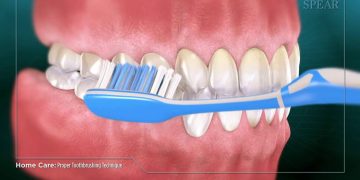
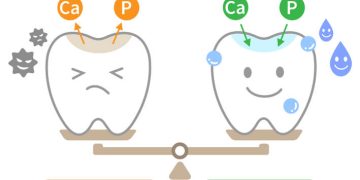
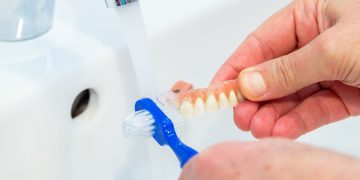




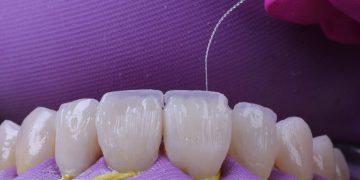
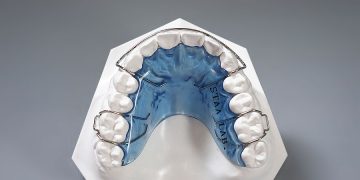
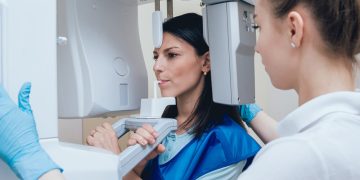
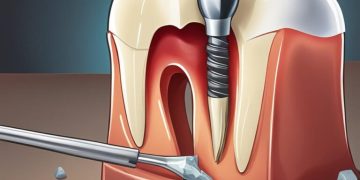
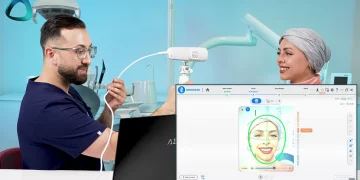


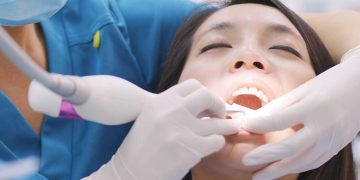









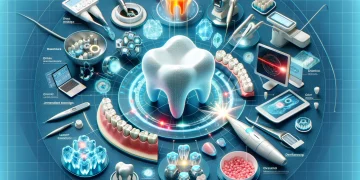



















Discussion about this post